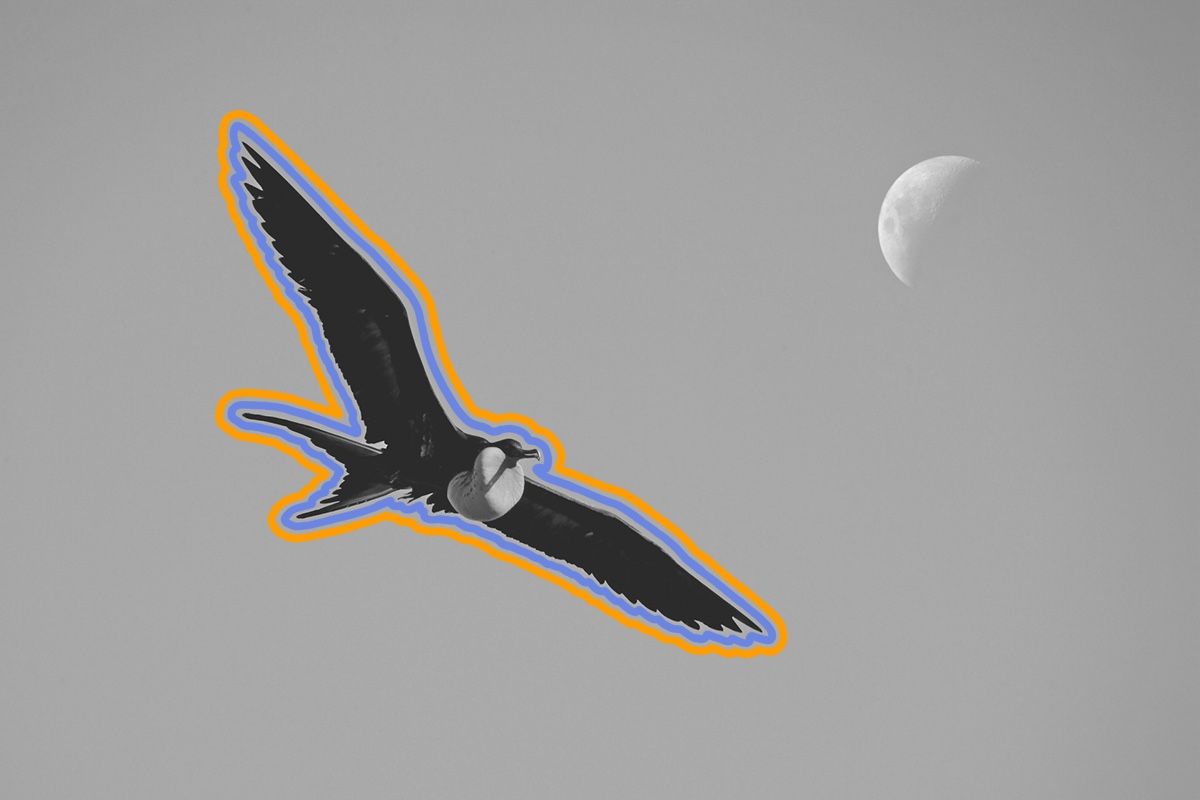
Sea otters have the thickest fur of any mammal.
A sea otter’s fur is an evolutionary marvel. Within just 1 square inch, otter fur contains 850,000 to 1 million hairs, making it denser than that of any other mammal on land or in the sea. The aptly named fur seal comes in a distant second, with only about 300,000 hairs per square inch. Humans, meanwhile, have only about 80,000 to 120,000 hairs on our heads (if we’re lucky).
But the number of hairs per square inch is only one aspect of sea otters’ complex, luxurious coat, because their fur has two distinct layers. The outer fur is called guard hair, which protects the second layer, or the undercoat, from getting wet. This double-layer system, and the tiny barbs on the guard hair, trap air next to an otter’s skin, which helps them withstand chilly waters without the blubber found in other aquatic animals such as walruses, whales, and seals. However, their fascinating fur has historically made otters a target, especially during the fur trade of the 18th and 19th centuries. Sea otters are also vulnerable to oil spills, which effectively destroy the insulating abilities of their fur. Since the 1970s, sea otters have slowly recuperated from near-extinction in the U.S. (at one point, California’s population was only 50 — it’s now 3,000), but they still have a long way to go before reaching their former abundance.
Before Europeans arrived in the western United States, sea otters numbered in the hundreds of thousands. Their native range stretched from Mexico’s Baja California to the coastal waters of Japan, following the horseshoe-shaped path of the Pacific Rim (which includes California, Oregon, Washington, Alaska, and Russia). Since then, the sea otter hasn’t had an easy go of it, for the reasons mentioned above. Today, sea otters in the U.S. are split into two main groups. Southern sea otters call central and southern California home, whereas northern sea otters — representing 90% of all sea otters in the world — live along Alaska’s coast. Scientists and environmentalists are still hard at work reintroducing sea otters to the rest of their once-sprawling coastal domain.

